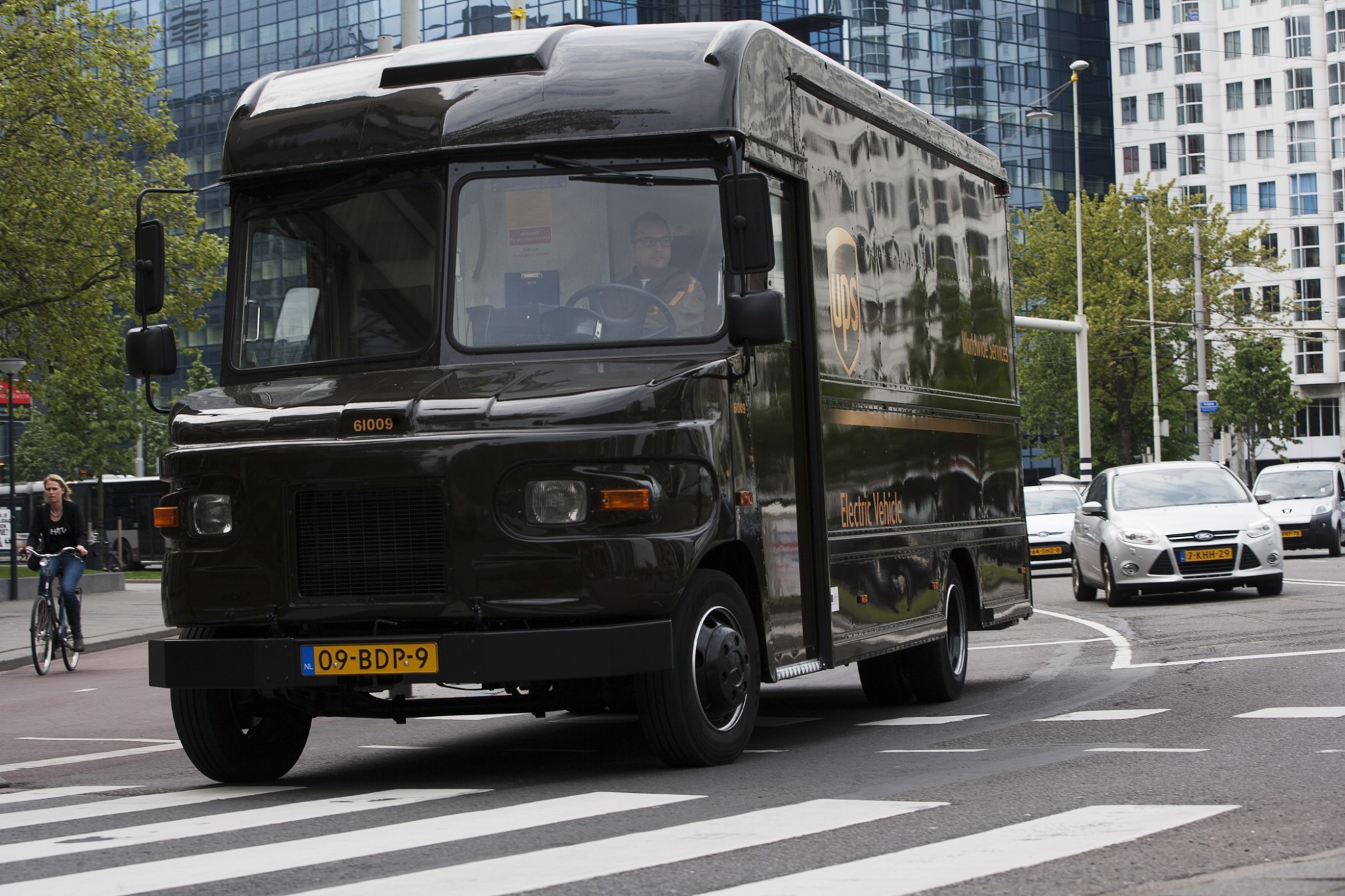Our story starts with a Washington State cement company. Because their contract had expired and negotiations failed, Glacier Northwest’s drivers walked off the job after loading wet concrete onto their trucks. Their timing was strategic. Undelivered, the hardening wet concrete would have destroyed the trucks. As a result the company had to “scramble” to save its equipment.
Three years later, the case wound up at the U.S. Supreme Court. In an 8-1 decision, on June 1, the justices let us know that the company could sue the Teamsters for the ruined concrete.
Even more crucially, the case confirmed the right of unions to strike.
UPS
Perhaps nudged to settle by the Glacier Northwest Supreme Court decision, this week UPS and the International Brotherhood of Teamsters tentatively agreed to a new five-year contract. Not yet approved by the union’s members, the deal has wage and work-related provisions.
The wage part of the agreement included a boost for part time workers’ per hour wages from as little as $15.50 to $21. Meanwhile everyone initially will get a $2.75 raise and $7.50 more per hour by the end of the contract. The company also said new trucks would have AC and Martin Luther King Day will be a paid holiday.
Below, the UPS slice represents a whopping average of 24.3 million packages each day for 2022 that would not be delivered by their 340,000 union members during a strike:

Union Membership
The following three graphs provide a good snapshot of unions’ decline.
When union membership was at a peak during the 1950s, one in three workers was a member. At the other extreme, record lows dipped close to 10% in 2019 and 2021:
 Correspondingly, defined as a proportion that compares union employees to all employees, union density has been declining:
Correspondingly, defined as a proportion that compares union employees to all employees, union density has been declining:

But, compared with other countries, the U.S. density rate is low:

Our Bottom Line: Union Economics
How you describe the economic role of labor unions can depend on your bias. Trying to be neutral I just have a list of three items:
- Optimize wages (and non-wage benefits).
- Improve working conditions.
- Resolve disputes.
My sources and more: Always interesting, the SCOTUS Blog tells the story of the concrete case. Next, for a clear description of the UPS dispute, NPR has the details. Then, you might enjoy (as did I) looking back at the Janus Case at econlife and SCOTUS. And finally, the White House has a somewhat optimistic summary of “The State of Our Unions.”






